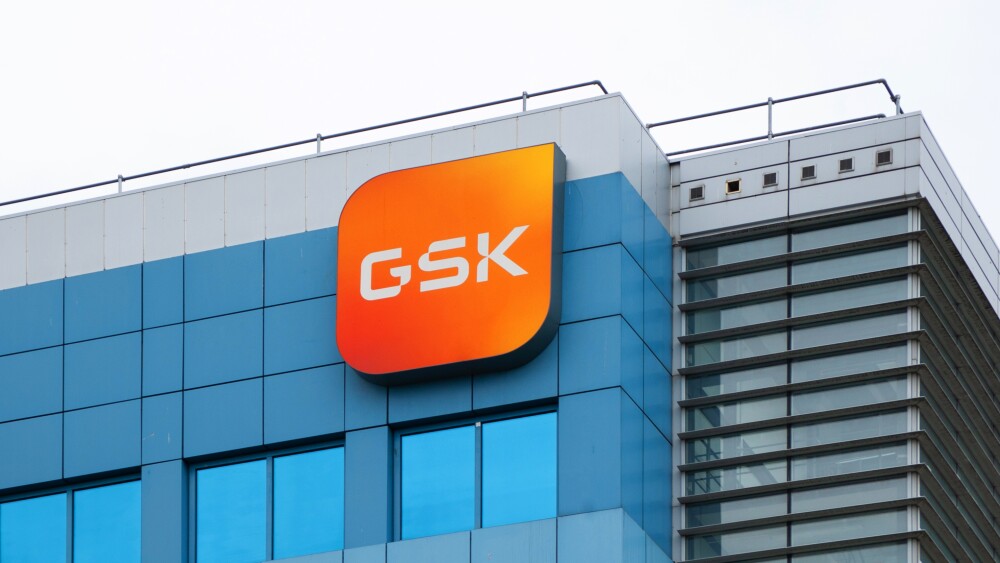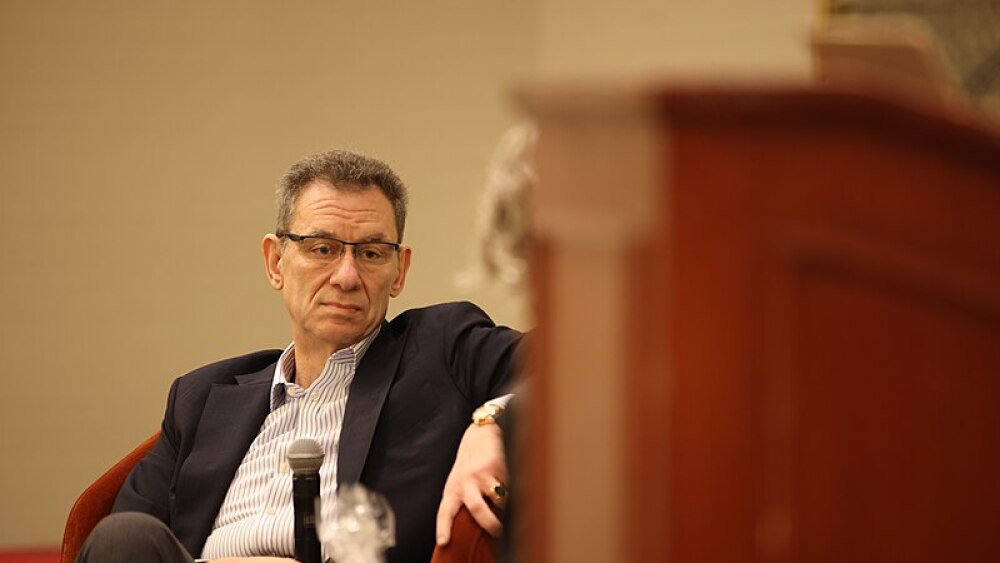With more than 82,500 employees working in the sector, California’s Bay Area is one of the strongest homes for biotech companies in the world.
With more than 82,500 employees working in the sector, California’s Bay Area is one of the strongest homes for biotech companies in the world.
California’s life science sector is incredibly strong. As BioSpace previously reported, last year California’s life science industry generated annual revenue of $177 billion. Overall, the state’s industry has eclipsed the national average of job growth by three-and-a-half times, according to the latest survey by the California Life Sciences Association, the trade association representing California’s life sciences industry.
For a state that has been shown to be a powerhouse in life sciences, the Bay Area is perhaps its crown jewel. Companies like Amgen and Genentech have built their headquarters there, as have many others that are taking advantage of the significant resources in the area.
There are more than 3,400 life science companies in California, with slightly less than half of those, 1,570, being biotech and pharma companies. With that figure in mind, it’s easy to see why there are 1,332 therapies in the pipelines of these companies, according to the CLSA report. The vast majority of those are focused on cancer research, followed by CNS and infectious diseases. Bay Area companies have contributed to many of these areas, such as Amgen’s migraine treatment Aimovig, which was approved in May. The migraine medication was approved based off of stunning Phase III data that showed Aimovig reduced monthly migraine attacks in half. Not to be outdone, Genentech, a Roche company, snagged regulatory approval for a combination of Tecentriq and Avastin for treatment of some metastatic non-squamous non-small cell lung cancer. This past year, Genentech also saw approval of Venclexta for the treatment of newly-diagnosed acute myeloid leukemia (AML) in adults who are age 75 years or older or who cannot tolerate intensive chemotherapy.
Several of the Bay Area companies have also been able to partner with some of the tech giants, like Mountain View’s Google, on their quests to develop cutting-edge treatments. The tech giant has also used its vast resources to back area companies, such as Gritstone Oncology, and its lead product that targets tumor-specific neoantigens.
The kind of financing the Bay Area biotech scene has seen has led to significant growth in the number of jobs. Over this past year, employment in Biotech Bay grew by more than 11,200 jobs over the previous year, according to numbers compiled earlier this month by CLSA. The annual salary for life science employees in the Bay Area is $164,123, well above the state average of $114,000 for annual life science wages.
Over the course of 2018, more than $.36 billion was poured into life science companies in the Bay Area, which was more than double the $1.7 billion of VC funding in 2017, according to CLSA. With its proximity to Silicon Valley, Bay Area biotechs have been able to tap into the pool of funding.
There are many attractive features that have led to the Bay Area’s growth. Over the past several years, multiple developers have been building spaces with the life sciences industry in mind. One example is The Cove, a project of HCP Life Science Estates. The Cove, which broke ground in 2015, consists of seven buildings ranging in size from 102,000 square feet to 158,000 square feet in both single- and multi-tenant building configurations. Companies that have taken space in The Cove include AstraZeneca, LakePharma, Five Prime Therapeutics, Denali Therapeutics and CytomX Therapeutics. The Cove isn’t the only space, though. Two years ago, Merck cut a deal with Alexandria Real Estate Equities, Inc. to build a nine-story, 294,000 square foot facility with research space and office space.
The San Francisco area has a fairly moderate climate that allows for many outdoor activities all year long. Additionally, the region is home to a wide range of cultural and sporting activities that provide ongoing enjoyment for the people in the area.
There are numerous universities in the area, such as U.C. Berkley, Stanford University and the University of California at San Francisco, that have proven to be strong partners for biotech companies. According to the CLSA survey, California’s research universities attracted $3.85 billion in grants from the National Institutes of Health this past year. Leading the way were two Bay Area universities, UCSF and Stanford, which garnered $589 million and $465 million in NIH grants respectively. UC Berkley took in $127 million in NIH grants this past year.





